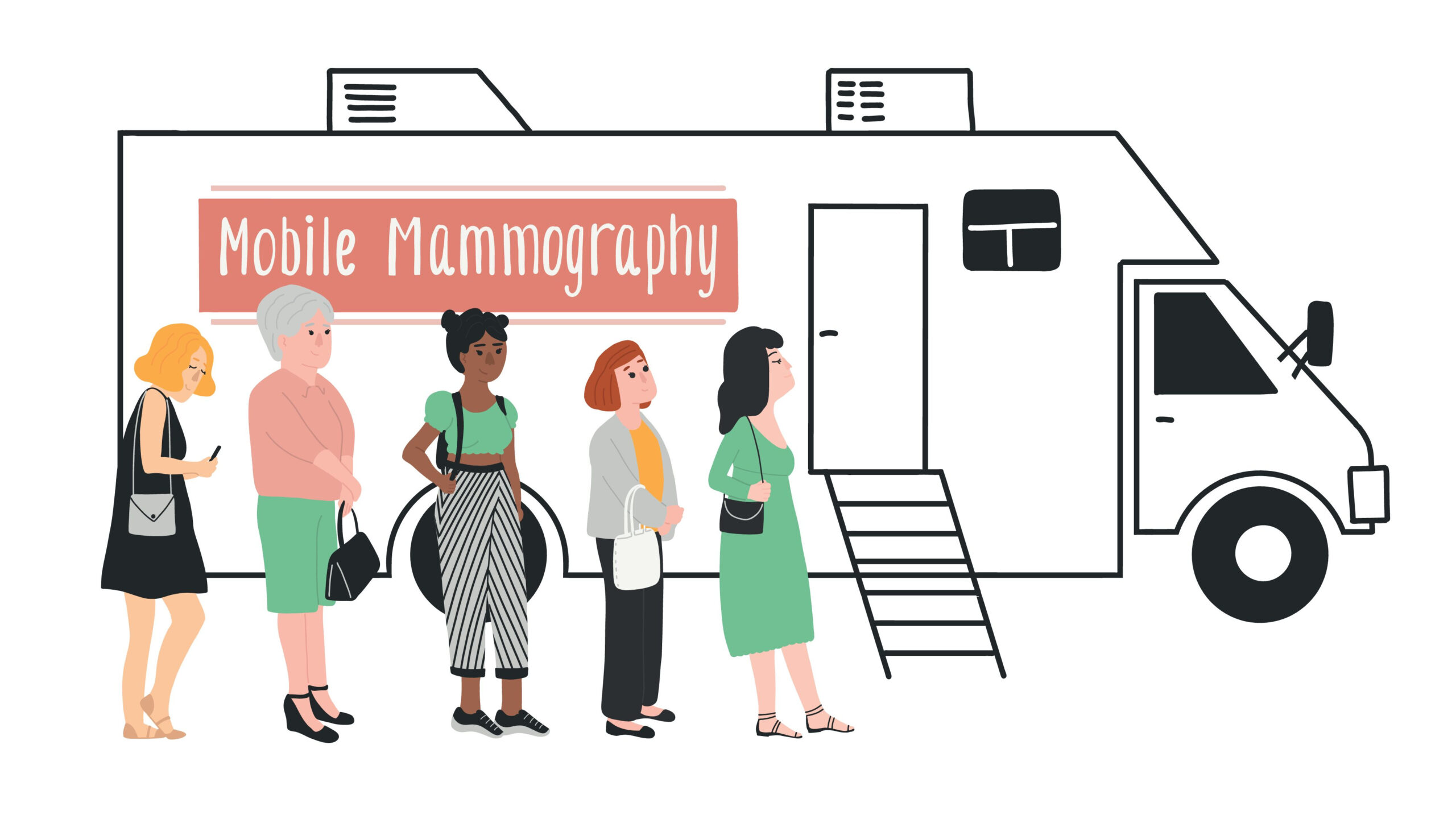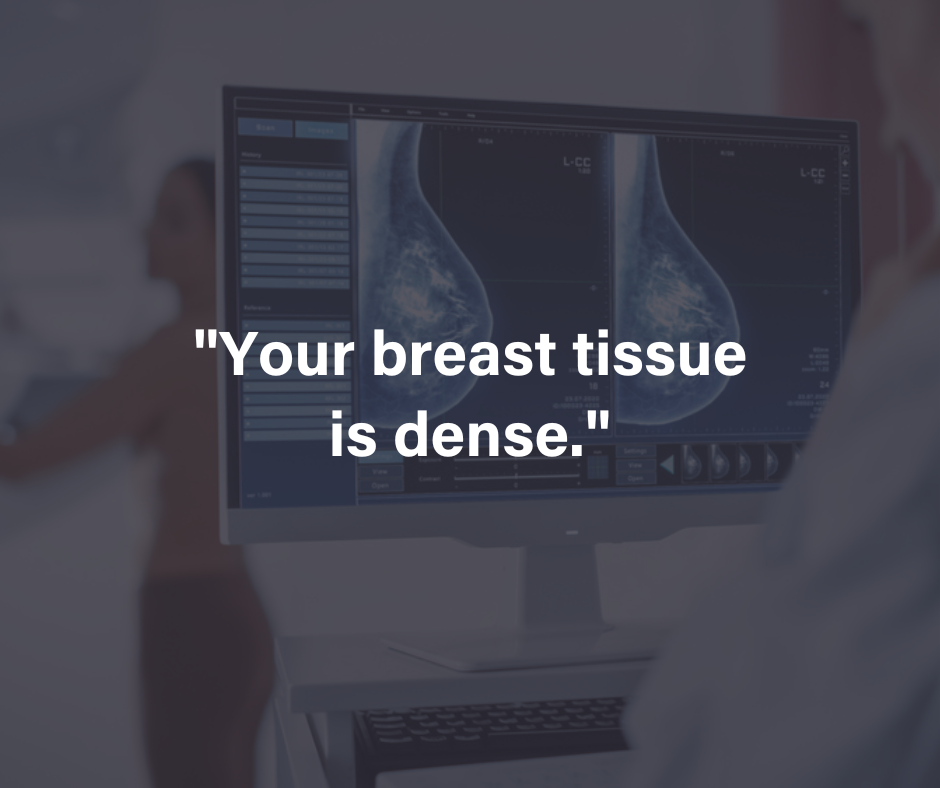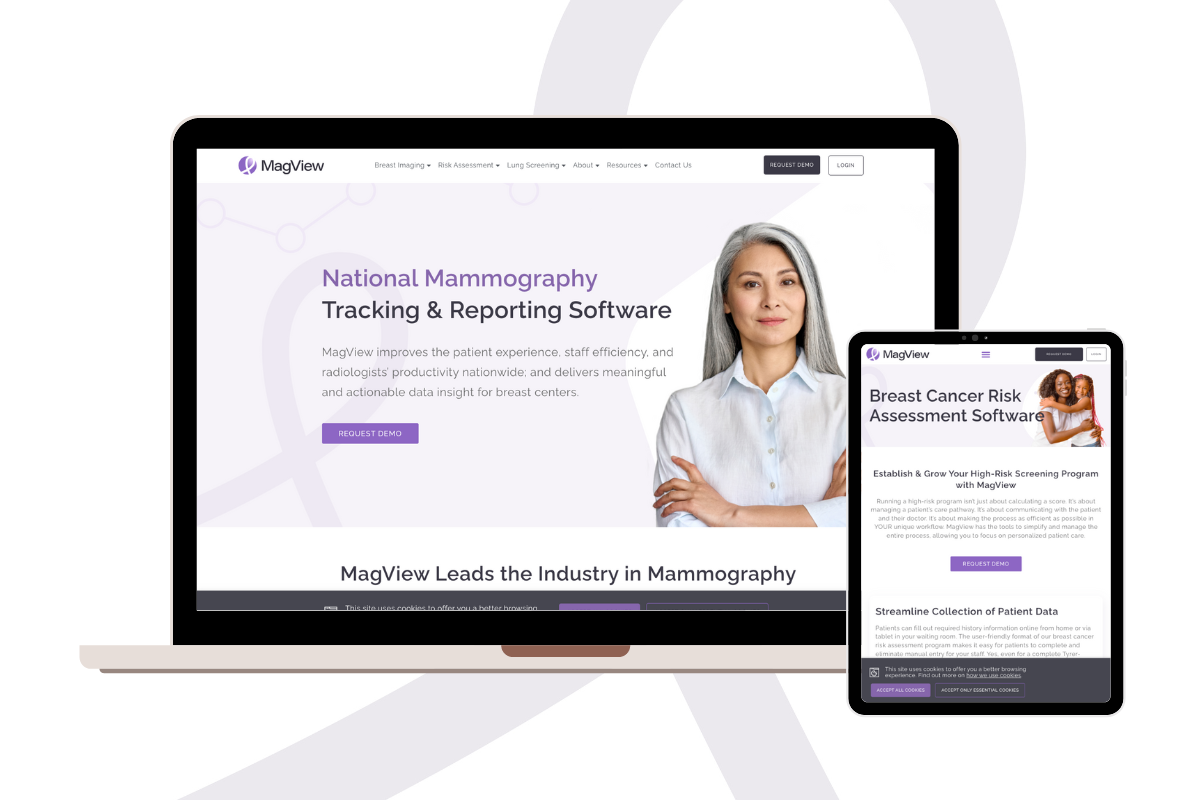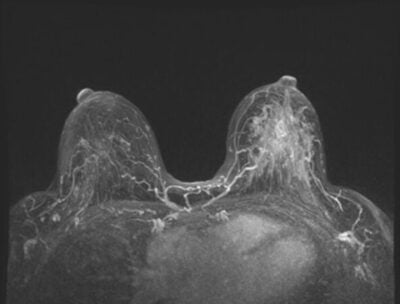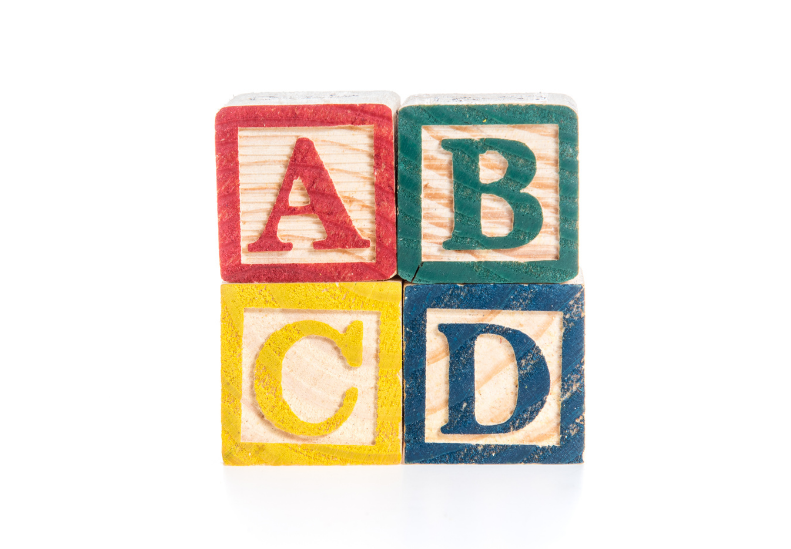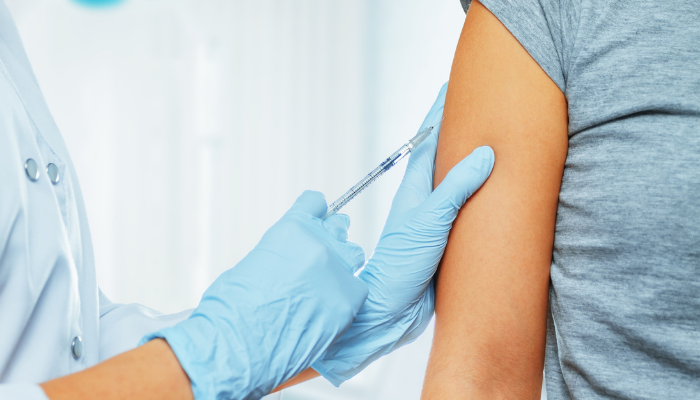The Tyrer-Cuzick Score and Tyrer-Cuzick Risk Model are invaluable tools for breast cancer risk assessment, enabling breast imaging centers to identify high-risk patients and provide tailored care. By evaluating factors like family history and breast density, these tools allow healthcare providers to enhance early detection, improve prevention strategies, and optimize patient outcomes.
Discover how advanced mammography software can enhance risk assessment at your breast imaging center.
What is the Tyrer-Cuzick Score?
The Tyrer-Cuzick score, also known as the IBIS model, estimates a woman’s risk of developing breast cancer over the next 10 years and her lifetime. Recognized as one of the most comprehensive and accurate risk tools, it combines personal, genetic, and clinical factors to create a personalized breast cancer risk estimate.
If you’re a providing physician looking to help women understand their risk for breast cancer during routine visits, click here.
How Does the Tyrer-Cuzick Risk Model Work?
The Tyrer-Cuzick Risk Model analyzes data about a woman’s health and family background to produce a percentage-based score reflecting her breast cancer risk. The model uses a mathematical algorithm to combine multiple inputs, including genetic mutations, breast density, and extended family history.
Tyrer-Cuzick Risk Model vs. Other Risk Assessment Tools
While several breast cancer risk assessment tools exist, the Tyrer-Cuzick Risk Model stands out for its comprehensive approach. Here’s how it compares to other commonly used tools:
The Gail Model
The Gail Model is one of the earliest breast cancer risk assessment tools. It estimates a woman’s 5-year risk and lifetime risk of developing breast cancer using a limited set of factors:
- Age
- Age at first period (menarche)
- Age at first childbirth.
- Family history of breast cancer in first-degree relatives (parents, siblings, children)
- History of previous breast biopsies
However, the Gail Model has notable gaps, as it:
- Does not include breast density, genetic factors, or extended family history.
- Provides only a short-term risk estimate, which may underestimate risk for women with more complex histories.
The BCSC Model
The Breast Cancer Surveillance Consortium (BCSC) Model improves on the Gail Model by including breast density, a key risk factor. It calculates 5-year risk based on:
- Age
- Breast density
- Race/ethnicity
- History of prior breast biopsies
- Family history of breast cancer
While the BCSC Model adds breast density to its calculations, it:
- Focuses on short-term risk (5 years) rather than lifetime risk.
- Does not include genetic mutations or detailed family histories, limiting its accuracy for some individuals.
Why the Tyrer-Cuzick Risk Model Stands Out
Unlike the Gail and BCSC models, the Tyrer-Cuzick model provides both 10-year and lifetime risk estimates, giving clinicians a more complete picture to guide screening and prevention strategies by incorporating:
- Breast density (a shared factor with the BCSC Model)
- Extended family history, including second-degree relatives and male breast cancer cases
- Genetic factors, such as BRCA1/BRCA2 mutations
- Reproductive history: Age at menarche, first childbirth, and menopause
Factors Considered in the Tyrer-Cuzick Risk Model
The Tyrer-Cuzick Risk Model evaluates a wide range of data points to deliver an accurate risk estimate.
Family History and the Tyrer-Cuzick Model
This detailed analysis of family history allows the Tyrer-Cuzick model to provide a more accurate estimate of hereditary breast cancer risk
- Diagnoses of breast or ovarian cancer in first- and second-degree relatives
- Male breast cancer cases, which may indicate a hereditary risk factor
- Ashkenazi Jewish heritage, associated with a higher likelihood of BRCA mutations.
Accuracy and Limitations of the Tyrer-Cuzick Score
While the Tyrer-Cuzick Risk Model is one of the most accurate tools for breast cancer risk assessment, it does have limitations:
- Results depend on accurate input data from clinicians and providers.
- It provides a risk estimate, not a definitive prediction of cancer.
- Access to detailed family history or genetic testing may vary, which can affect the accuracy of results.
Benefits of Using the Tyrer-Cuzick Score for Risk Assessment
Despite these challenges, the Tyrer-Cuzick model’s ability to incorporate diverse data makes it one of the most reliable tools available for clinicians. Key benefits include:
- Provides a personalized risk estimate for short- and long-term risk.
- Identifies individuals who may benefit from additional imaging (e.g., breast MRI).
- Supports recommendations for genetic testing or counseling.
- Helps clinicians create tailored prevention and care plans for high-risk patients.
How to Interpret Tyrer-Cuzick Scores
A patient’s Tyrer-Cuzick Score is expressed as a percentage:
- 10-Year Risk: The chance of developing breast cancer in the next 10 years.
- Lifetime Risk: The overall risk of developing breast cancer throughout your life.
Clinicians can use these scores to guide screening protocols, recommend preventive measures, and initiate genetic counseling when appropriate.
Who Should Use the Tyrer-Cuzick Risk Model?
Healthcare providers use the Tyrer-Cuzick model to identify high-risk individuals and make informed decisions about screenings and preventive care. The model is particularly beneficial for:
- Women with a strong family history of breast or ovarian cancer
- Patients with dense breast tissue
- Individuals with known genetic mutations (e.g., BRCA1/BRCA2)
- Women with prior atypical breast biopsies
Explore Advanced Risk Assessment Tools
Discover more about leveraging risk models like the Tyrer-Cuzick Score to enhance clinical decision-making and patient care in breast imaging centers. Access detailed resources and case studies tailored to healthcare providers on our mammography software blog.



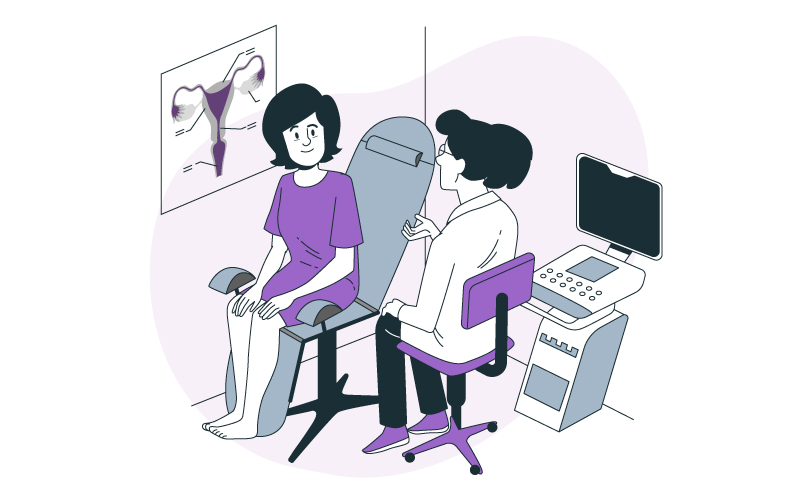




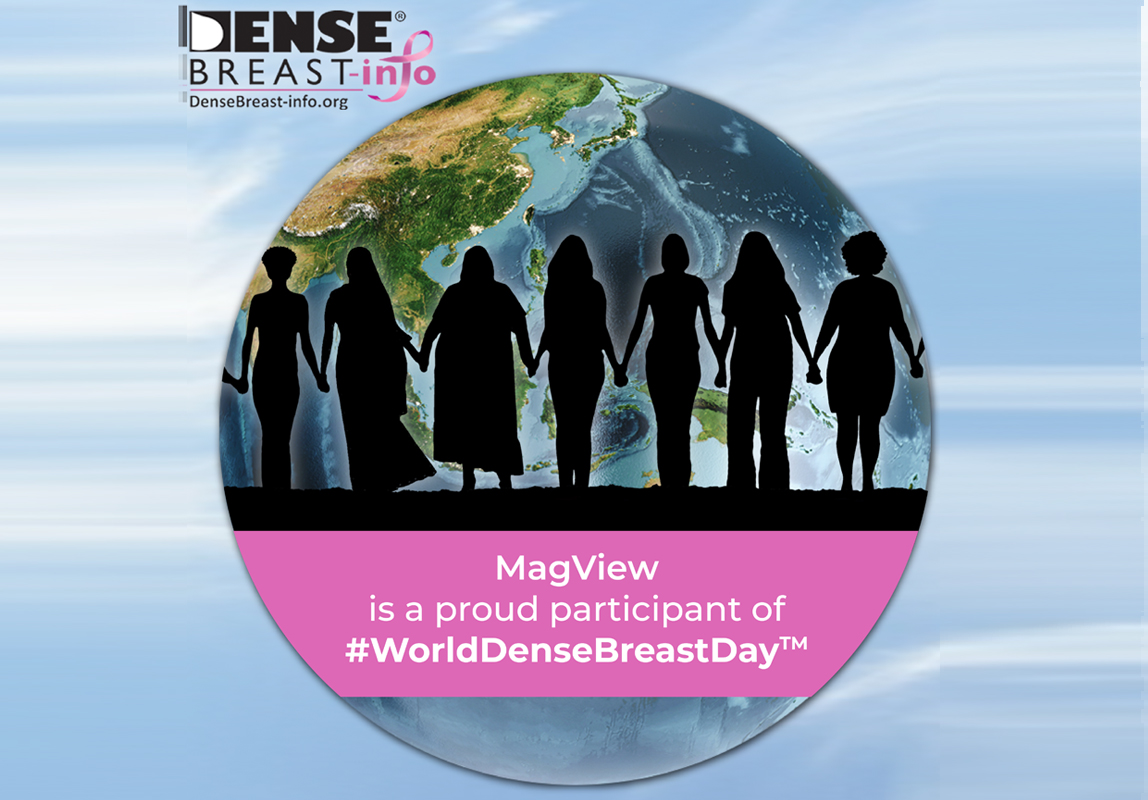
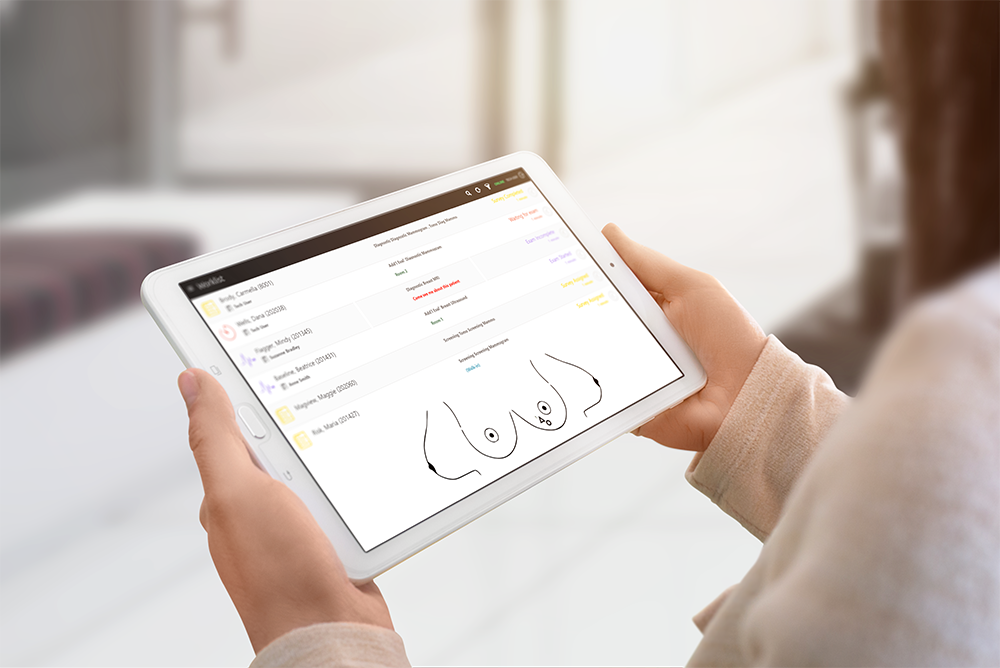

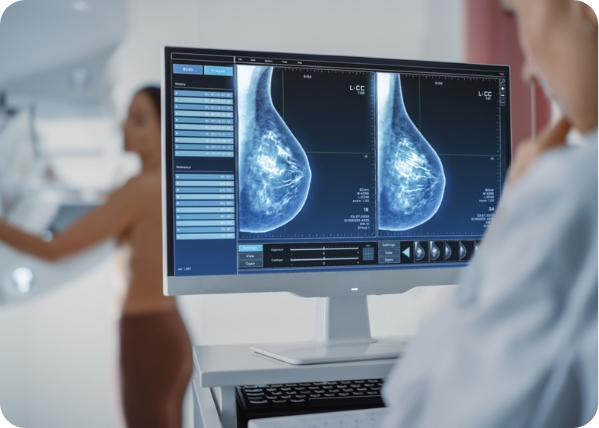

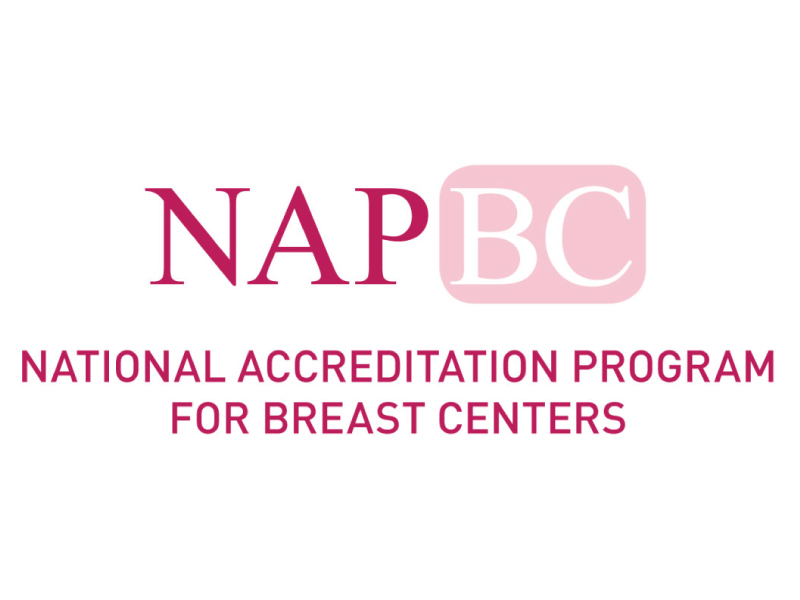
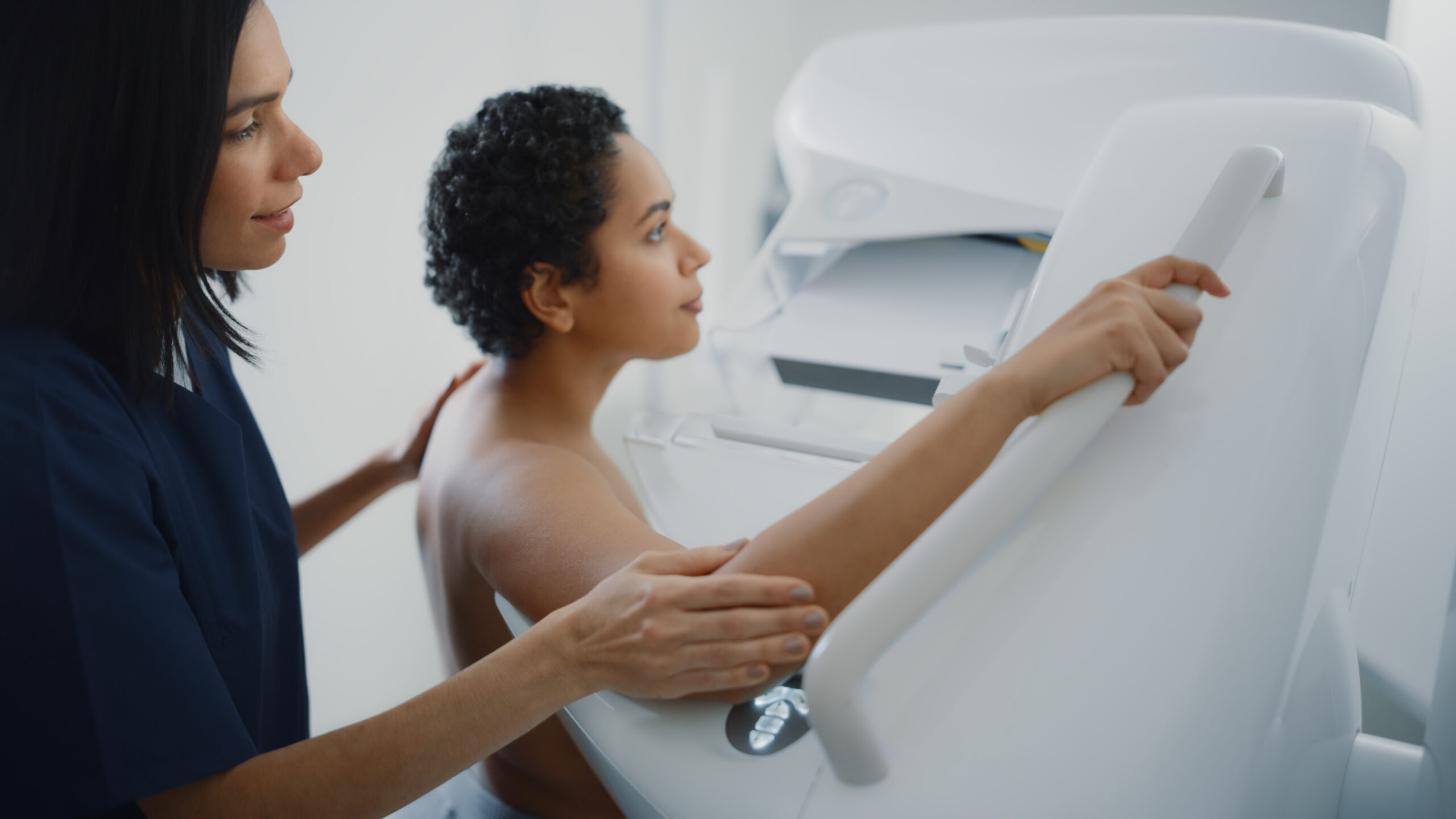
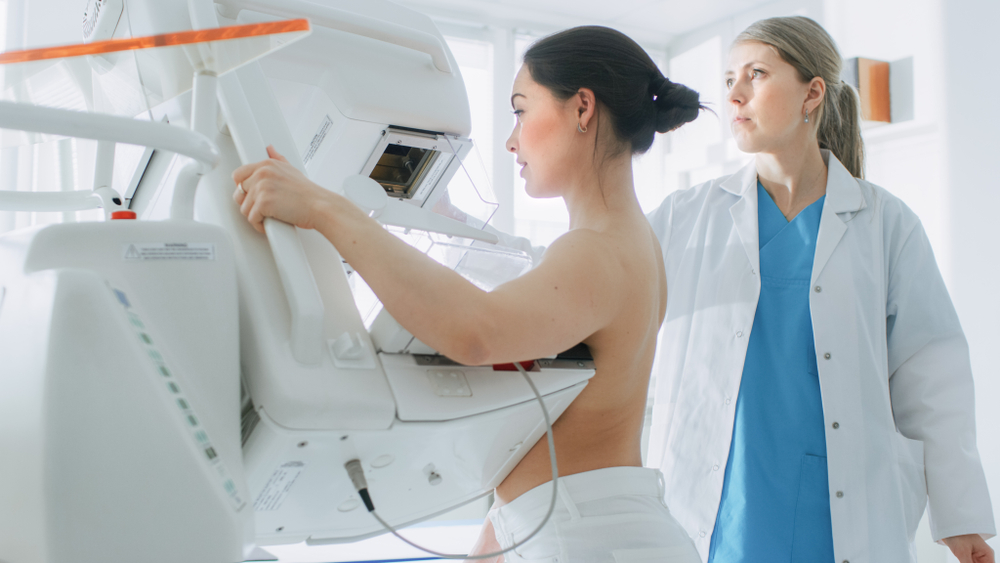
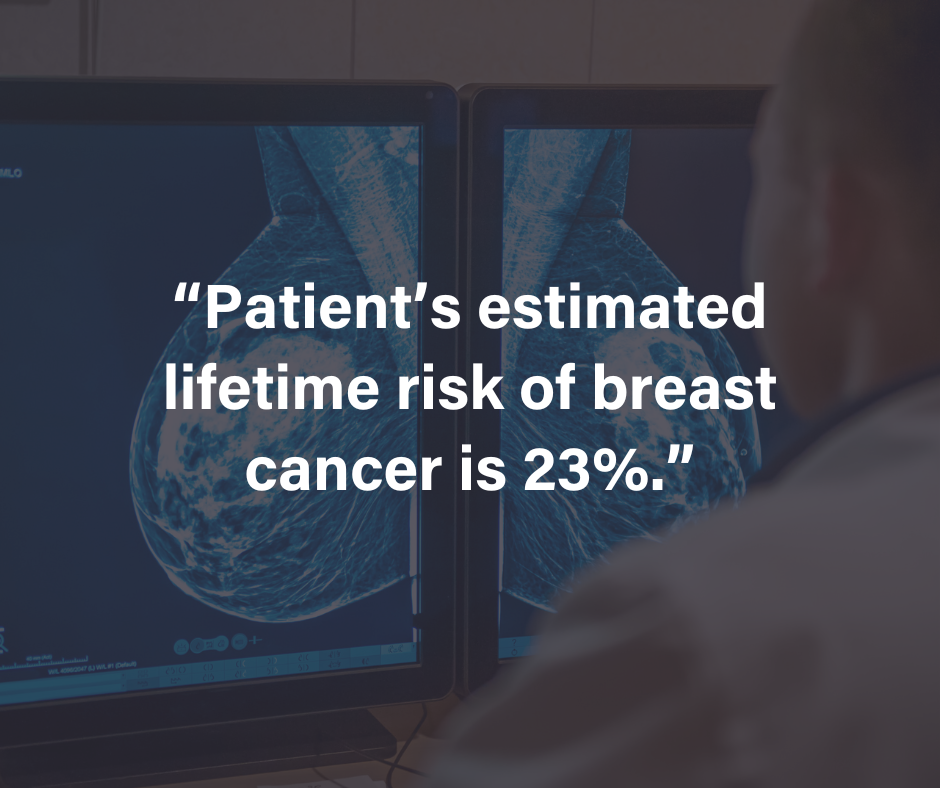
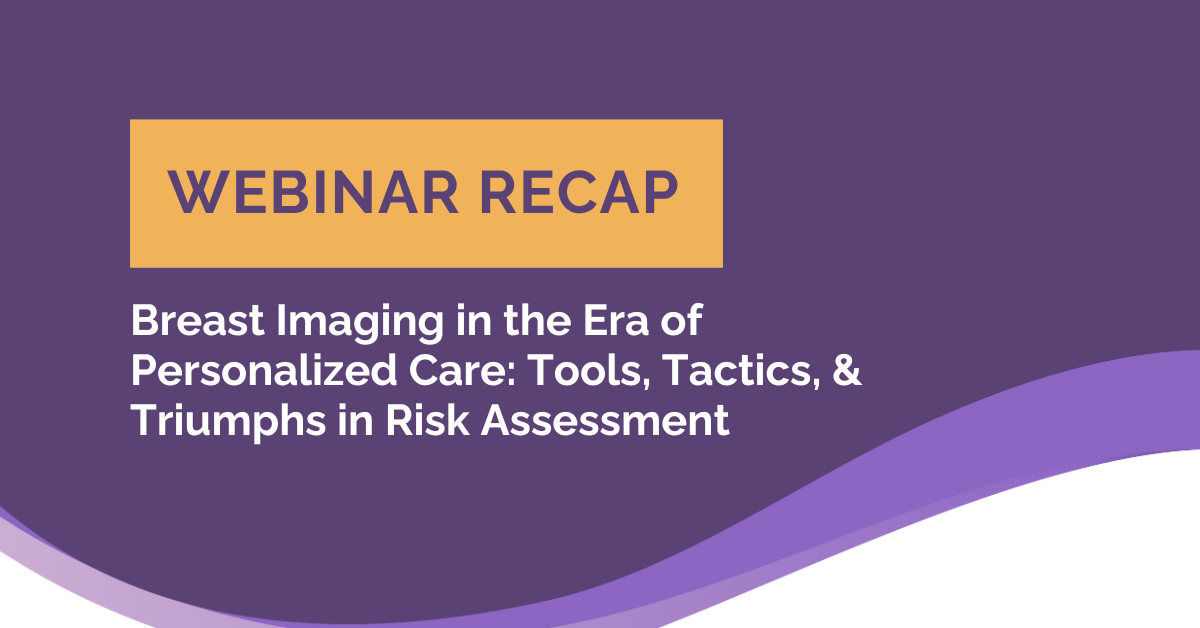
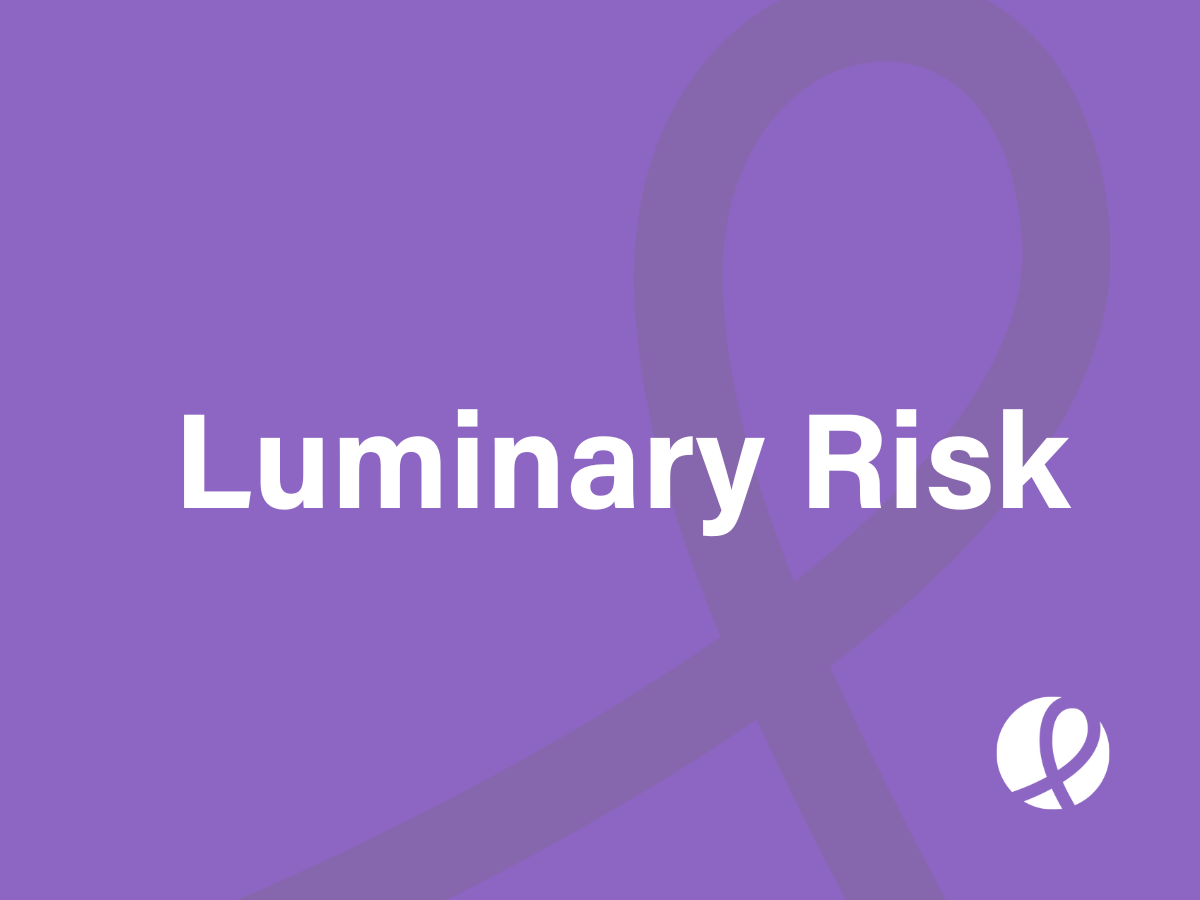





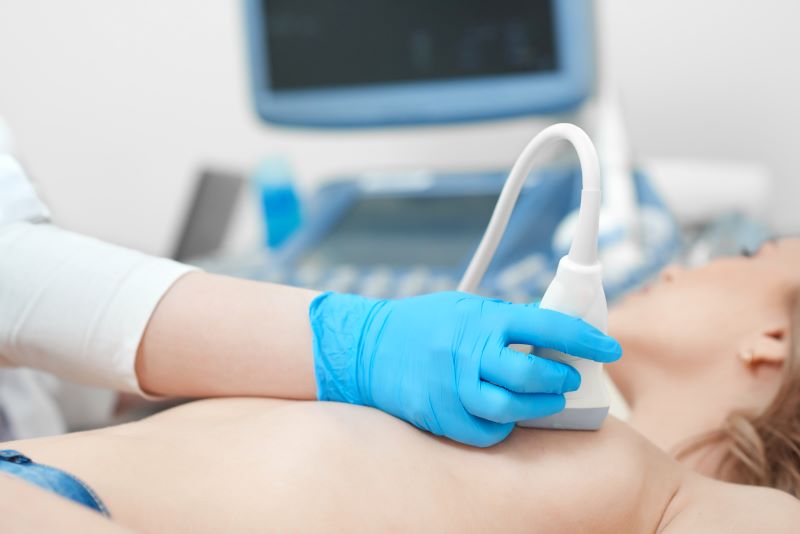
![monitoring breast density shutterstock_1299510538-[Converted]](https://magview.com/wp-content/uploads/2023/05/shutterstock_1299510538-Converted.jpg)
